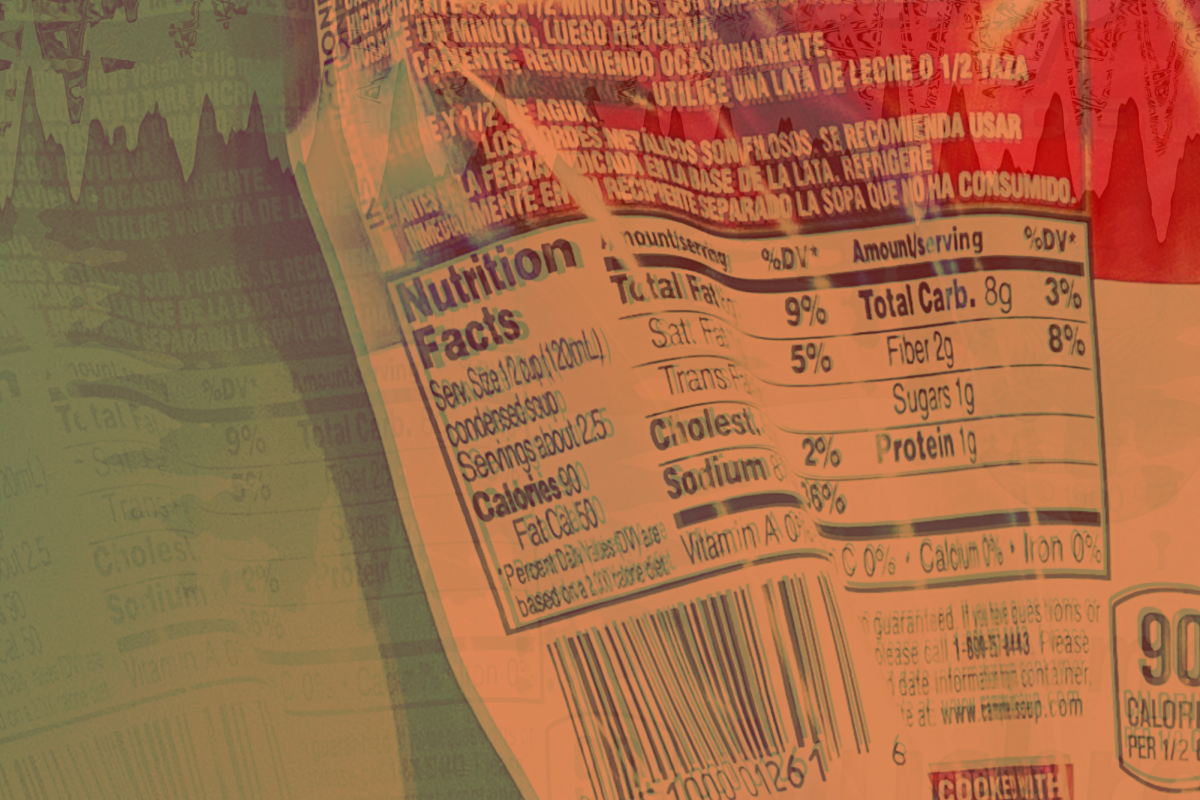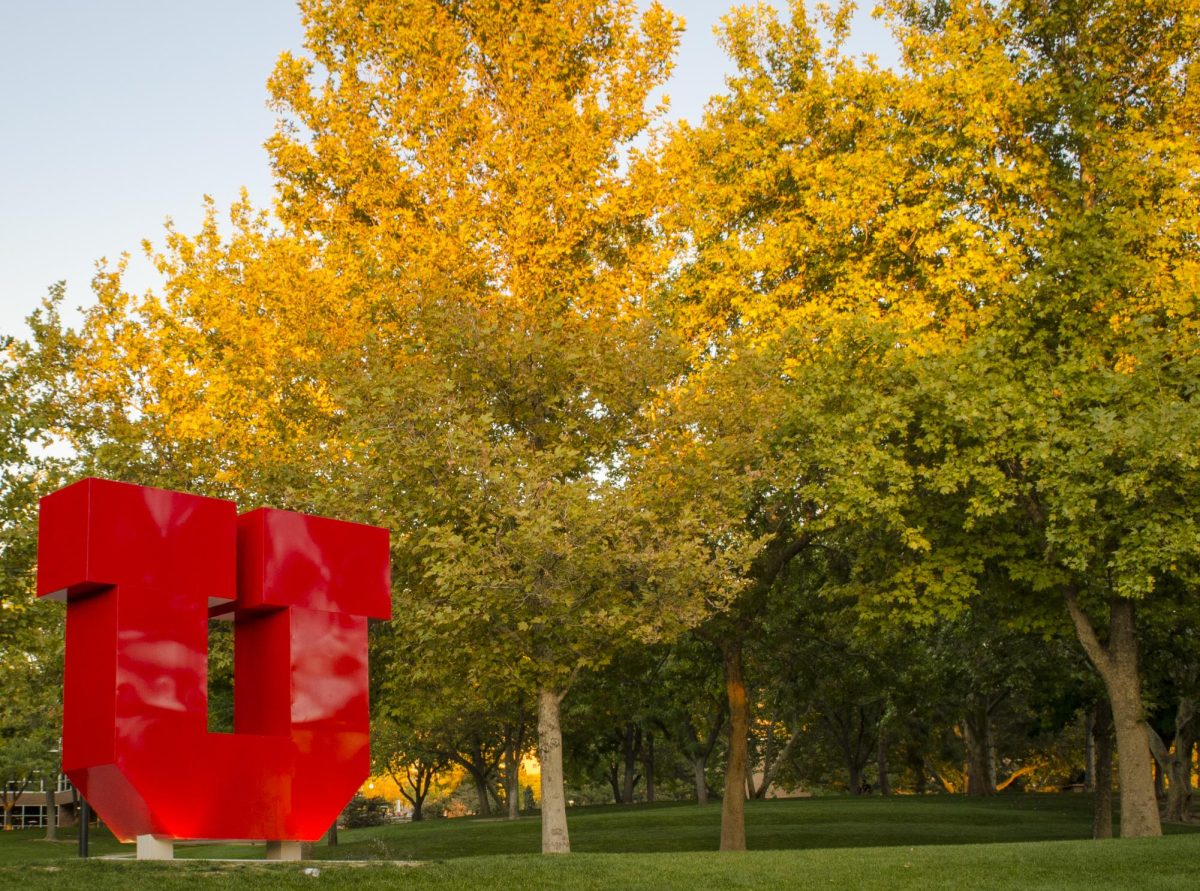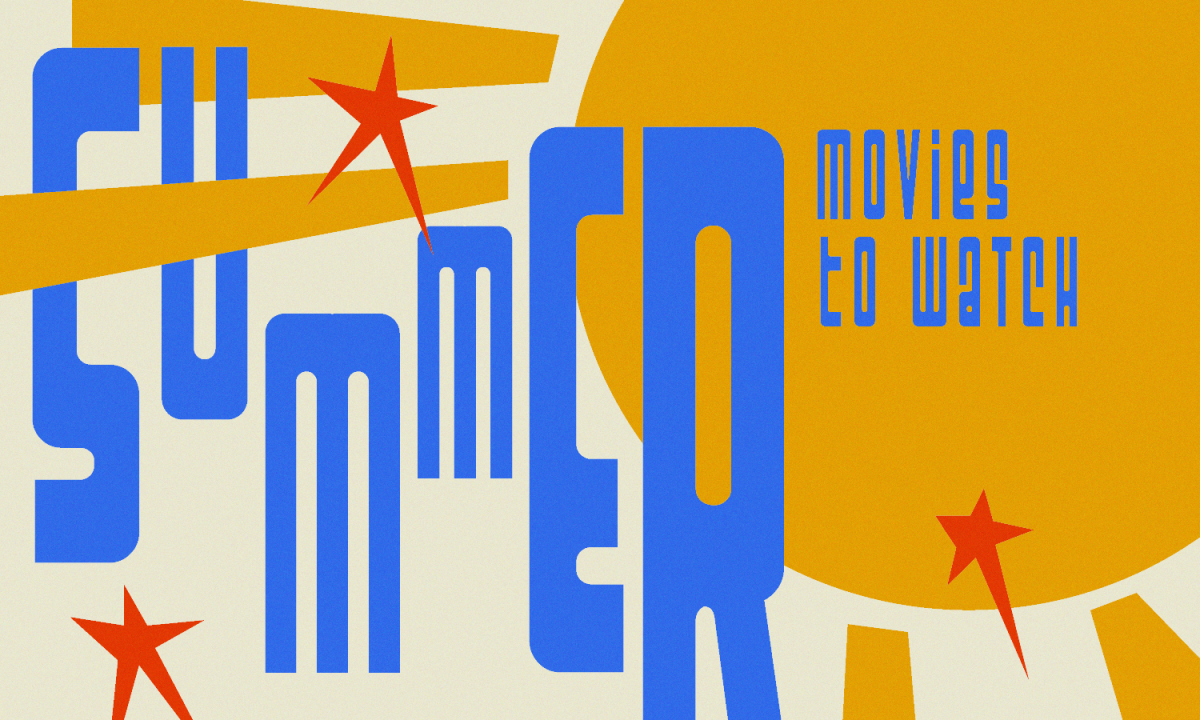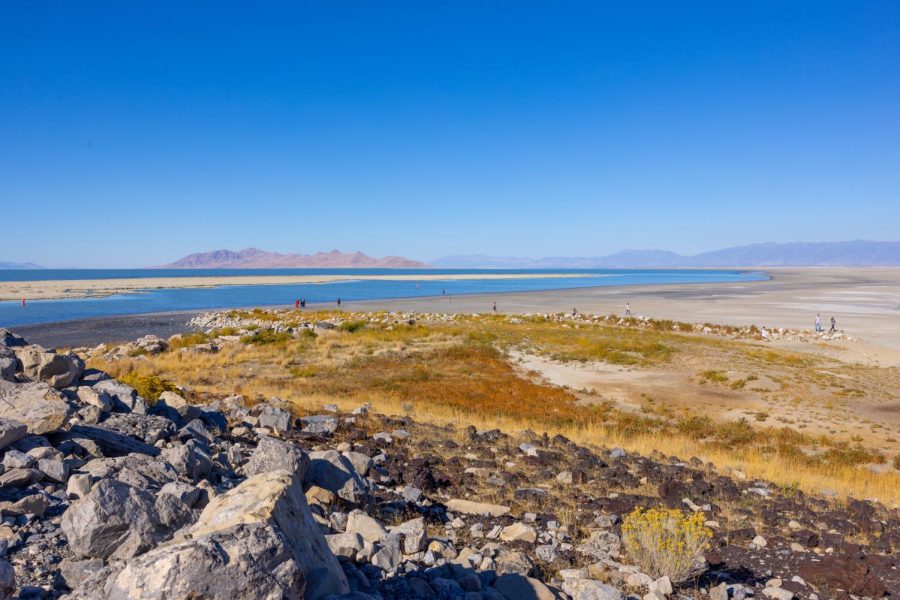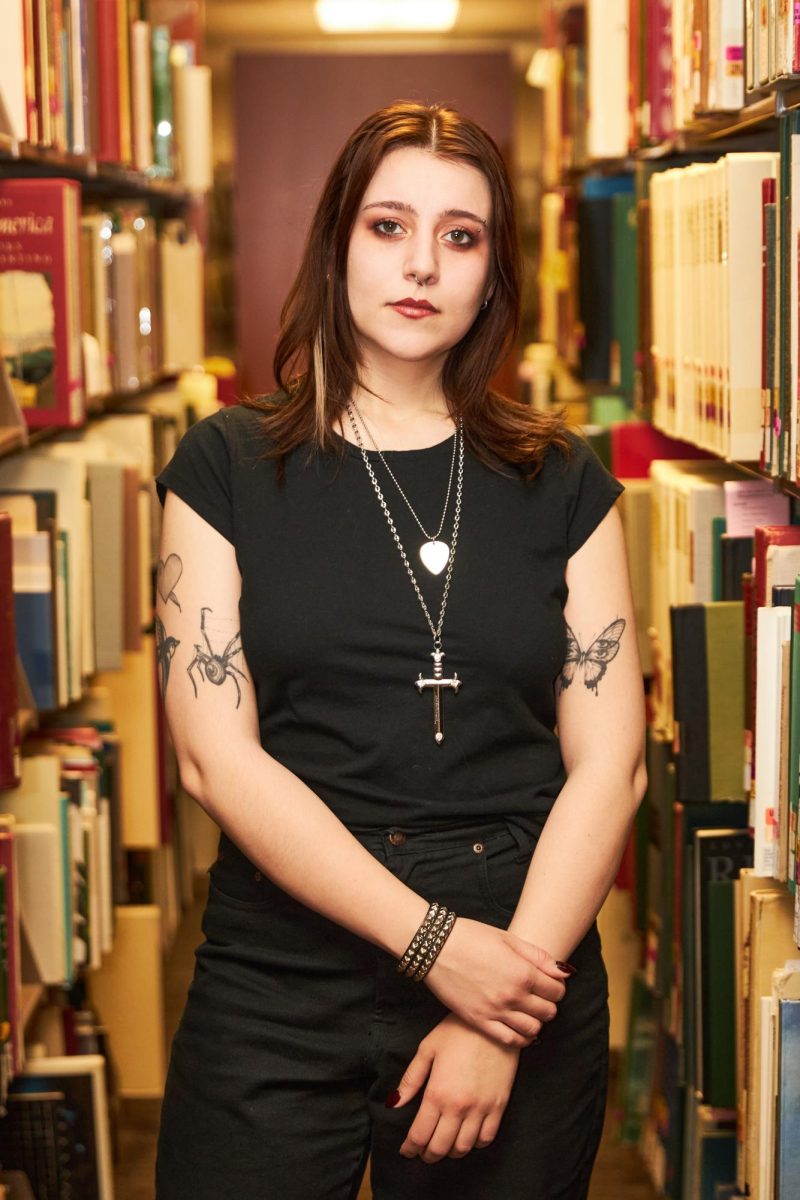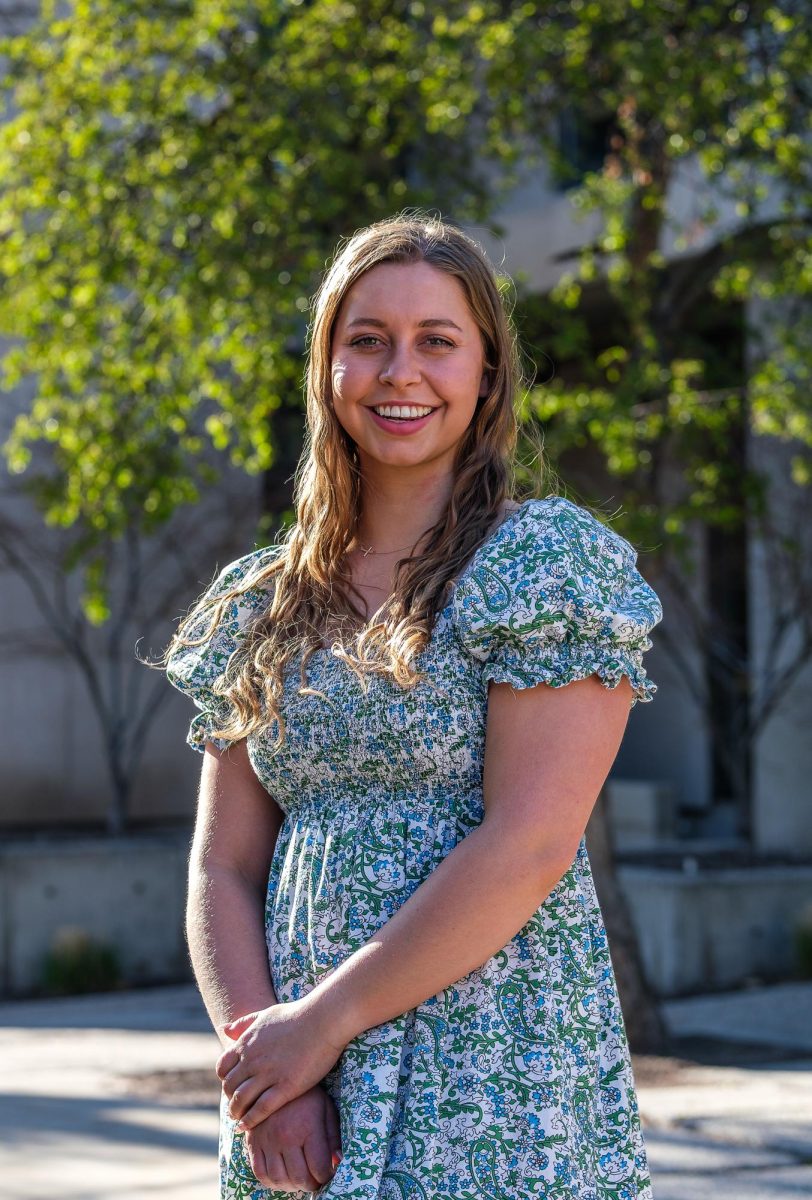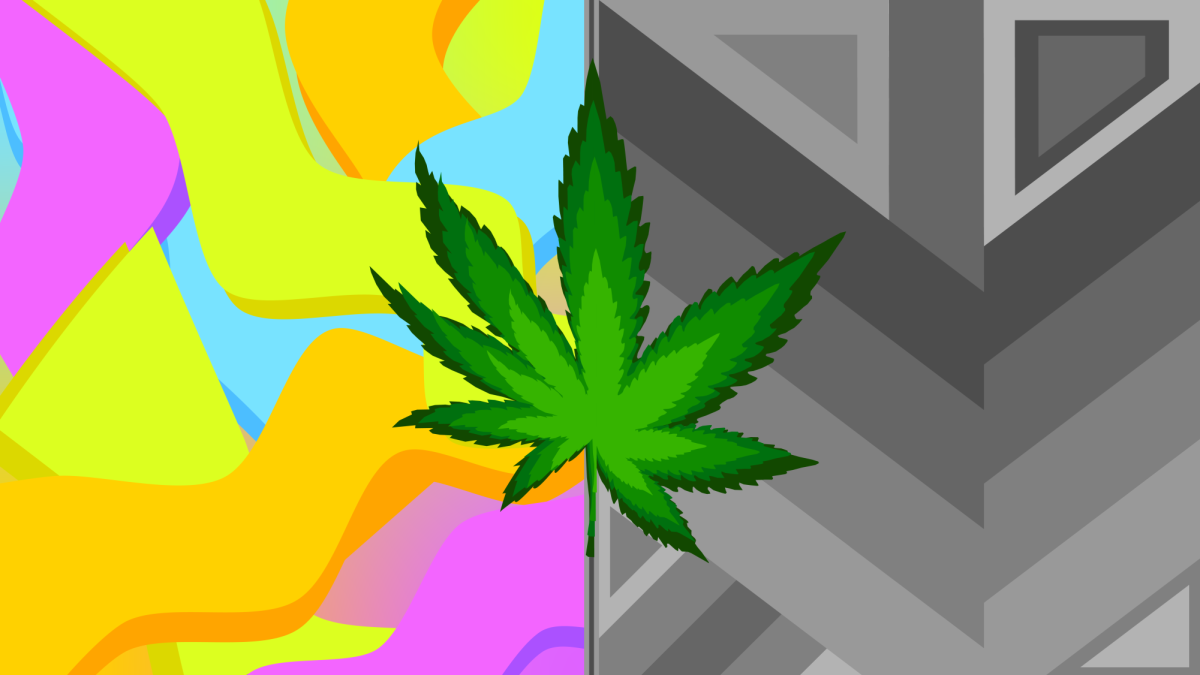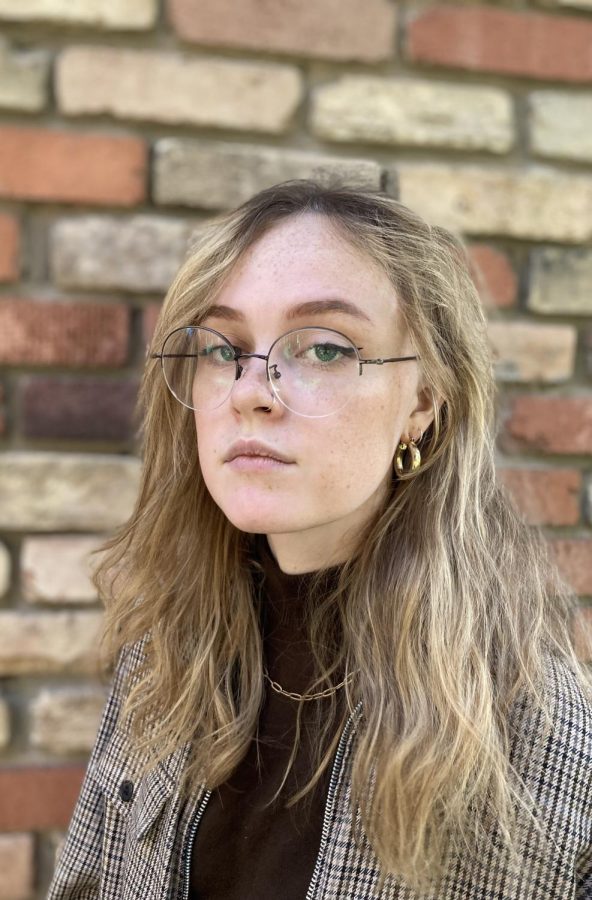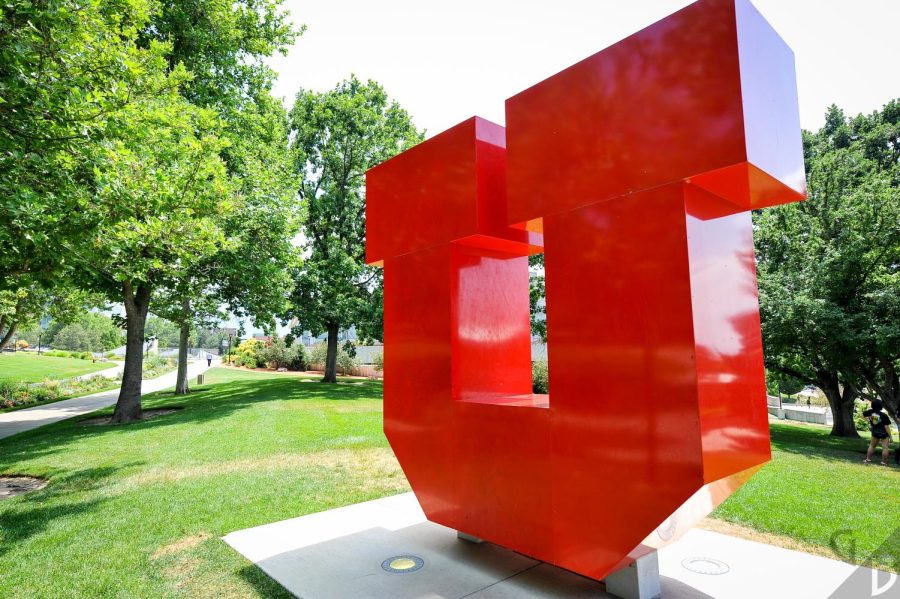
Michael Sygnatowicz / The Daily Utah Chronicle
Humanities and science might appear to be at odds, but the two collide in nature. Yesterday, Fred Swanson spoke at the U about his involvement with the Long-Term Ecological Reflections Program. As a research geologist and ecosystem scientist with the USDA Forest Service, his job brings him into the great outdoors frequently. Now he is going to his sites with poets, writers and artists to discuss ecological problems.
Swanson argues people have different conversations in the outdoors than inside a lecture hall, a classroom or even a courtroom. He goes on frequent excursions with this interdisciplinary approach and the outcome is poetry, essays, performances and art that tell nature’s story in combination with science.
He said both the scientists and poets come away with new insights.
Swanson discussed the “re-storyation” of the land because of the loss our society has had from not connecting with nature as Native Americans did.
“The native people had stories, which were critical to survival,” he said. “We scrubbed those people and those stories pretty clean from the landscape, and then we imposed new ones like the heroic stories of cutting down the big old trees. Now we need to find new stories,” he said.
Swanson has found that being quiet in nature allows people to hear the place and have it be part of the conversation, which can help write those new stories.
This emerging collaboration has hit the U already in the form of a master’s program for environmental humanities in the College of Humanities. Being one of the first of its kind, it emerged about eight years ago, said Eric Robertson, a student in the program.
Robertson said this “re-storyation” is part of the goal behind the master’s program, but after the lecture he was reminded that there is a lot of work to do.
“You have people who believe less in global change now than they did 20 years ago,” he said. “It’s not that they’ve lost hope. They just think there is nothing we can do to change it. When you grow up with inversion, you don’t know any different.”
He said environmental and climate change effects everyone, which is why this degree and Swanson’s discussion is “radically interdisciplinary.” Swanson hopes to take this type of learning and discussion into education programs across the country, and he has already seen it happening.
“Together the artists, the scientists and the writers need to work on how we deal with the challenging issues of change and help society deal with it,” Swanson said.
While there are several reasons for this kind of learning, one of them is to have broader outreach for underrepresented groups. Scientists might not be able to share their data in a way everyone can understand, but dance and song or a poem can break those barriers, he said.
Bringing art, humanities and science together balances despair and beauty, he said. Being out in nature reminds people of the immediacy of ecological problems while showing everyone how beautiful our world is.
This lecture was hosted by the Center for Science and Mathematics Education.


